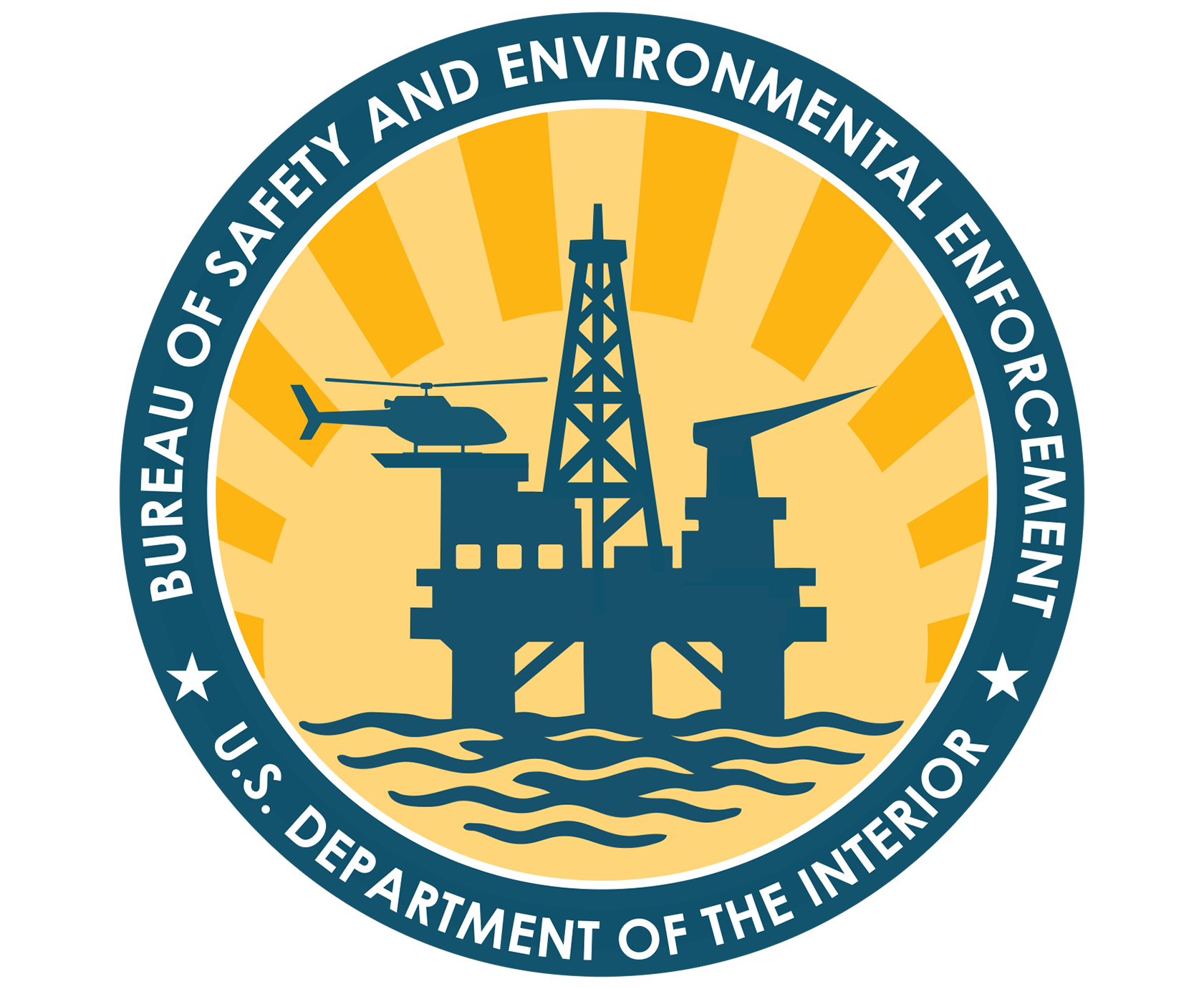Specific objectives of this report were: Compare and contrast the risks and benefits of using stiffer synthetic fibers vs. polyester fibers for mooring rope design, manufacturing, installation and long-term operations over the last decade in the Gulf of Mexico.
By theoretical analysis, compare dynamic responses of typical floaters moored with polyester segments and with stiffer fiber segments.
Using the same format as API 2SM, provide updated information for advanced fibers providing specific design guidance on mooring systems incorporating rope segments from stiffer advanced fibers than polyester. This update would provide a quick reference guide for considering new fiber alternatives and include a matrix of properties, attributes, strengths, weaknesses, etc., of each material.
Determine which advanced materials will offer the greatest promise of fulfilling the MMS criteria. Identify the high risk issues.
This study was performed in two parts:
Part A covers the mooring system sensitivity study conducted to determine under what conditions advanced fiber ropes would be needed.
Part B covers the mechanical properties of the fibers that are brought together to form the ropes, as well as the mechanical properties of the fiber ropes.
Part A Findings:
Based on the sensitivity study results for the DeepStar medium semi-submersible and considering three different water depths (5,000 ft, 10,000 ft and 15,000 ft), the following conclusions are offered:
Low modulus polyester ropes are viable for all water depths studied.
High-modulus (aramid, HMPE (High modulus polyethylene)) fibers and medium modulus (PEN, Polyethylene Naphthalate) ropes are viable as well.
A catenary effect is caused by the weight of steel components in the fiber rope mooring legs, and that catenary effect causes the mooring system to be semitaut, rather than taut-line.
Due to the catenary effect, a high-modulus fiber rope with an in-line stiffness 3 times that of polyester will increase the effective lateral spring constant of the mooring leg only 80 % (approximately) over polyester in a 100-year hurricane for all water depths. Only HMPE, due to its nonlinear creep, might need to be considered as a special case for evaluation.
Part B Findings:
Descriptive data has been summarized for polyester, PEN, Aramid, HMPE , and LCAP (Liquid Crystal Aromatic Polyester) fibers.
Polyester is the lowest modulus fiber considered for deepwater applications. On the stiffer end of advanced fibers are aramid and LCAP at three times the stiffness of polyester, and PEN is a medium stiffness fiber at two times the stiffness of polyester. HMPE - because of non-linear creep - is a special consideration.
HMPE has an issue with non-linearly increasing creep (elongation over time with a constant load applied), while aramids have the issue of compressive cyclic loadings and fatigue to be dealt with.
Since yarn-on-yarn testing comparisons of various advanced fibers with polyester are not considered valid for determining abrasion effects during rope cycling, a strand-on strand (20-hurricane) test method is recommended instead.
Methods for confirming advanced fiber rope and rope splice designs have been recommended to ensure that safe rope designs are the result. Key engineering properties to address by test and analysis are full rope Minimum Breaking Load and elongation testing, rope splice slip factor of safety, mooring rope (or subrope) axial stiffness, effective horizontal system stiffness, rope abrasion and cyclic wear, rope fatigue, rope axial compression and rope creep elongation.
For purposes of FEED (front end engineering design) studies, a table of nominal rope stiffness is provided for analysis purposes.
General regulatory requirements are offered, and key enhancements to API RP 2SM are suggested.
